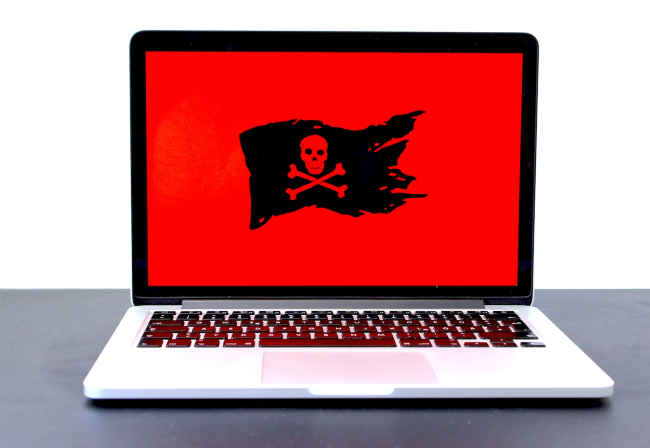How to check and remove malware from your computer: Follow these steps

There are many pathways through which malware can enter your device such as illegal websites, links and more.
You might not be able to know when malware enters your device but be on the lookout for signs like suddenly slow down, crash or show error signs, etc.
Download an antivirus to remove the malware from your computer.
Apart from physical damage to your computer, malware is probably the biggest threat to most computing devices you use. And often we do not know how to deal with the situation if malware or virus has entered our computer system. Malware can be any malicious code or program that sneaks into your PC, and it includes but is not limited to viruses, spyware, ransomware, and other unwanted software that get installed in your devices without your knowledge. Once malware gets installed in your system, cyber criminals can easily access your personal and sensitive information. Run unwanted ads, take control of your devices and in most cases demand money. Now let me tell you how to get rid of malware from your computer or PC.

How malware can infect your computer
There are many pathways through which malware can enter your device.
1) When you download stuff from illegal or shady websites.
2) Using compromises hard drives or USB pen drives.
3) Clicking on fake links (phishing links) sent to your device, via pop ups, mails, or messages.
4) Downloading content from illegal or pirated file sharing websites.
How to check for malware on your PC
You might not be able to know when malware enters your device but be on a lookout for these signs.
1) Your computer could suddenly slow down, crash or show error signs.
2) You are unable to shut it down.
3) You cannot uninstall the said software.
4) Unexpected and too many ads constantly pop up on your PC screen.
5) Your laptop computer runs out of battery quickly.
6) Your internet homepage keeps changing in your web browser.
How to remove the malware from your computer
1) You need to download antivirus software on your device.
2) Check if it’s up to date and turn on automatic updates.
3) Next, scan your device for any virus or malware.
4) Delete anything that seems unsafe or problematic.
5) If this doesn’t work, then backup your data and reinstall your operating system.
To be extra safe and avoid any such problems, stay away from suspicious websites, popups and unwanted links.
Mustafa Khan
Mustafa is a young tech journalist who tells it like it is, cutting through buzzwords to deliver straightforward smartphone reviews. He’s the office go-to for insider tips and quick demos, and his video content doesn’t waste anyone’s time. When he’s off the clock, he geeks out over cars, photography, and hunting down the best spot for Indian food. View Full Profile






